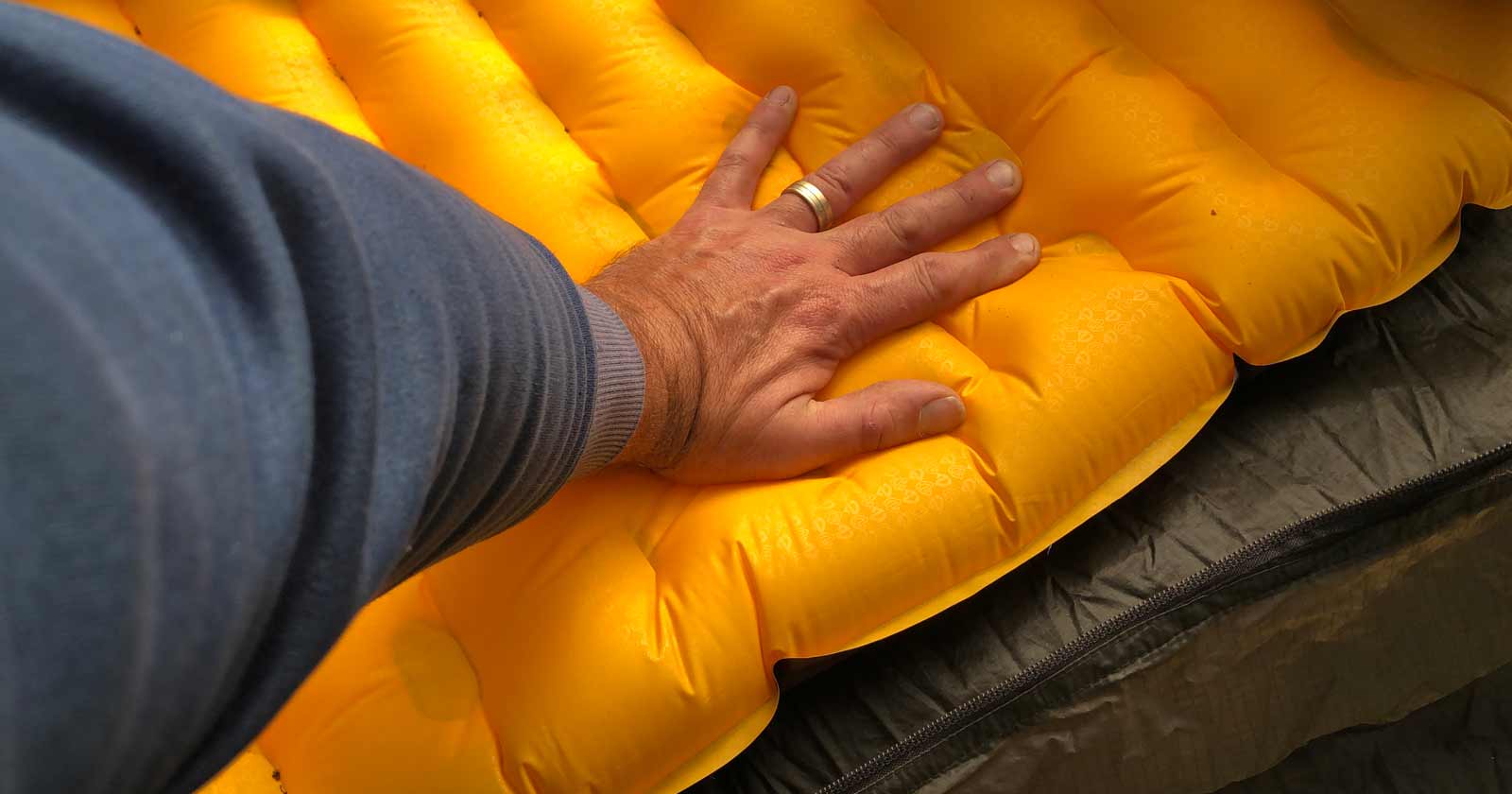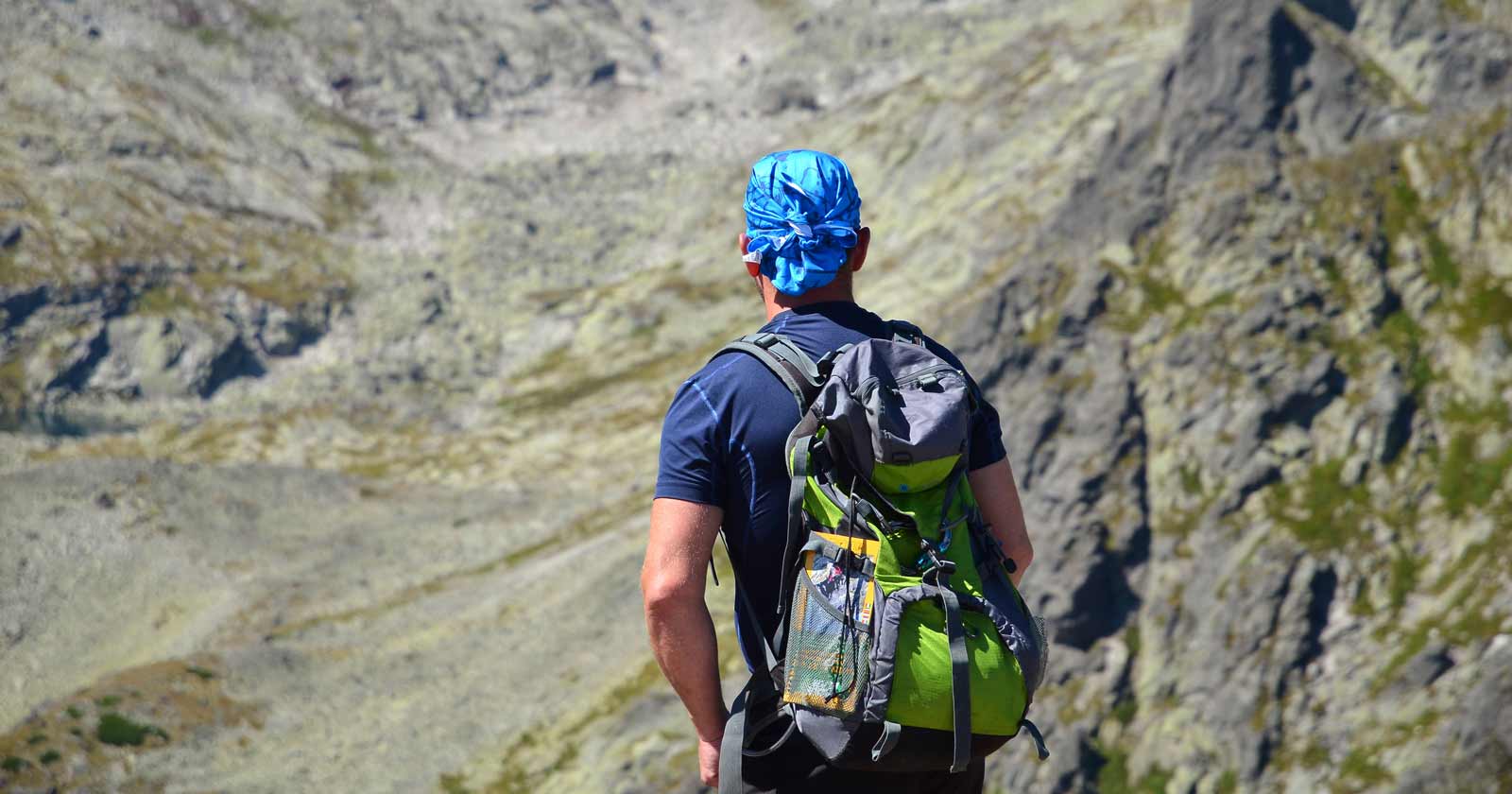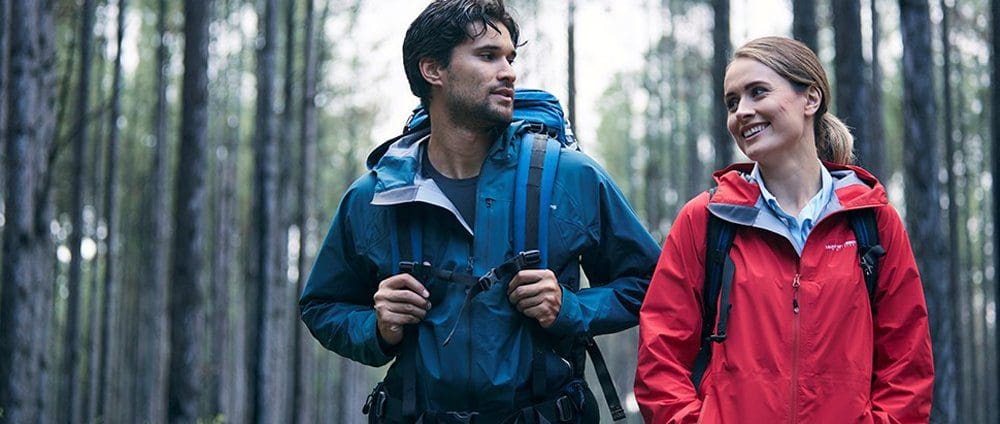How to Find the Best Overnight Pack
Overnight hikes in Australia have a unique allure—think of starlit skies, stunning sunrises, and the joy of exploring the great outdoors over multiple days. Before you head out into the bush, selecting the right overnight pack is essential. Unlike day packs, overnight packs need to hold more gear while ensuring comfort and practicality during your journey. Let’s break down how to choose the ideal overnight pack for your adventures.
Step 1: Understand Your Trip
Duration and Season
- Trip Length: Are you planning a quick two-night getaway or a week-long adventure?
- Pack Size: Longer trips or colder weather often require larger packs (50-70 litres) to accommodate extra gear. However, keep in mind that a larger pack can be heavier, so it’s important to prioritise your essentials.
- Comfort Features: Look for features that help manage the Australian climate:
- Mesh panels for breathability
- Ventilation systems to keep you cool
- Built-in rain covers for unexpected showers
Terrain and Conditions
- Rugged Terrain: If you’re hiking in rough landscapes, choose a pack with a sturdy internal frame and a good hip belt (60 litres or more).
- Hot Climates: Packs with ventilation features and lightweight materials are ideal.
- Weight Considerations: Think about how much weight you can comfortably carry based on your fitness level and the type of terrain you’ll be navigating.
Camping Style
- Backpacking: If you’re carrying all your gear, opt for larger packs (60 litres or more).
- Hut-Based Trips: For trips involving huts, smaller packs (40-50 litres) may suffice.
- Ultralight Options: Experienced hikers might consider ultralight packs, which focus on minimising weight at the expense of some comfort.
Hydration Needs
- Staying hydrated is crucial, especially in remote areas where water sources can be scarce.
- Look for packs with:
- Convenient hydration sleeves
- Attachment points for external water bladders
- These features allow you to access water easily while on the move, keeping you refreshed.
Step 2: Fit Makes the Journey
A well-fitting pack can make all the difference in your comfort on multi-day hikes. Here’s what to consider for the perfect fit:
- Torso Length: Measure from your shoulder blades to your hip bones. Choose a pack that offers an adjustable torso length for a snug fit.
- Hip Belt: A properly fitted hip belt transfers weight to your hips, reducing strain on your shoulders. It should fit snugly without digging in and provide ample padding for those long days on the trail.
- Shoulder Straps: Look for padded straps that distribute weight evenly. Make sure to adjust them for a comfortable fit that allows for unrestricted movement.
Step 3: Functionality for Long Hauls
When you’re out for days at a time, functionality is key. Here are some features to look for:
- Compartments and Pockets: Stay organised and have quick access to your essentials. A good pack should have:
- A spacious main compartment
- A separate sleeping bag compartment
- A hydration sleeve
- Hip belt pockets
- External mesh pockets for easy-reach items
- Internal Frame: A sturdy internal frame provides stability and helps distribute weight effectively. Choose a frame that can be adjusted to fit your torso length for optimal comfort.
- Additional Features: Consider packs that include:
- Trekking pole loops
- Compression straps for a secure fit
- Rain covers for unpredictable weather
- Reflective elements for visibility during low light conditions
Step 4: Material Matters
Choosing the right materials can significantly impact your experience:
- Durability: Opt for strong, abrasion-resistant materials like nylon or polyester, especially for rugged terrains.
- Weight: Lightweight fabrics help reduce the overall load, which is especially important for longer hikes. However, prioritise durability if you plan to carry heavier gear.
- Water Resistance: Consider a waterproof pack or a pack liner to protect against the unpredictable Aussie weather.
Bonus Tip: Pack Strategically
Every gram counts when you’re on a multi-day hike. Here are some tips for efficient packing:
- Lightweight Gear: Invest in lightweight alternatives for your gear.
- Efficient Use of Space: Use your pack’s compartments wisely and prioritise essentials based on your trip’s needs.
- Leave No Trace: Always respect the environment and follow Leave No Trace principles.
By taking these factors into account and doing your research, you’ll find the perfect overnight pack for your Australian adventures. Remember to balance comfort, weight, and features according to your individual needs and experience. Now, gather your gear, select your trusty pack, and get ready to explore the beautiful wilderness that Australia has to offer.
Ultralight Option
For those with experience who want to reduce their load on longer treks, ultralight packs (30-45 litres) might be worth considering. However, this often means compromising on comfort and certain features, requiring careful gear selection and a commitment to minimalism. Assess your experience and needs carefully before deciding if this approach is right for you.





